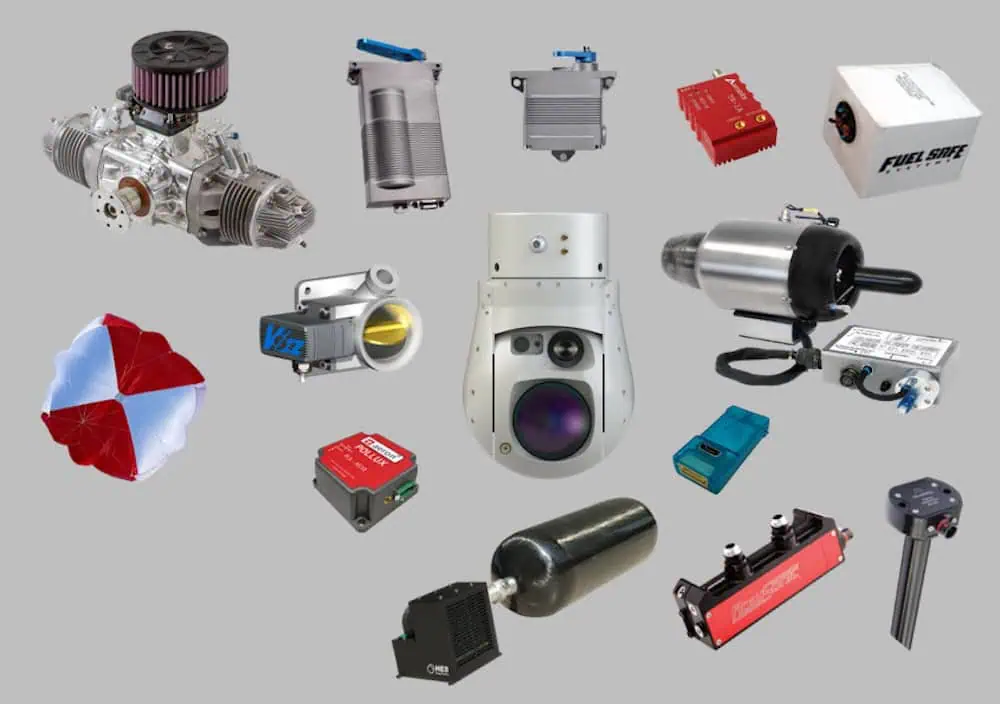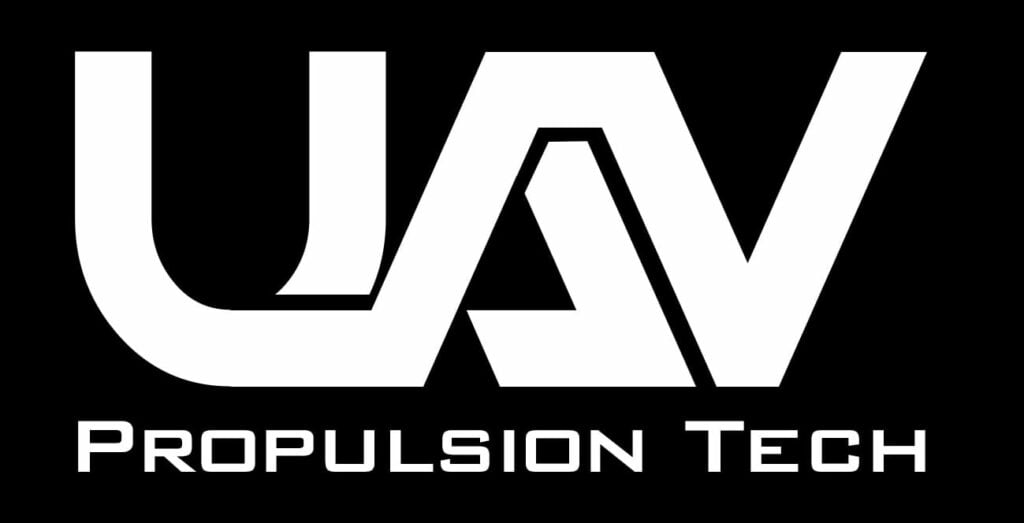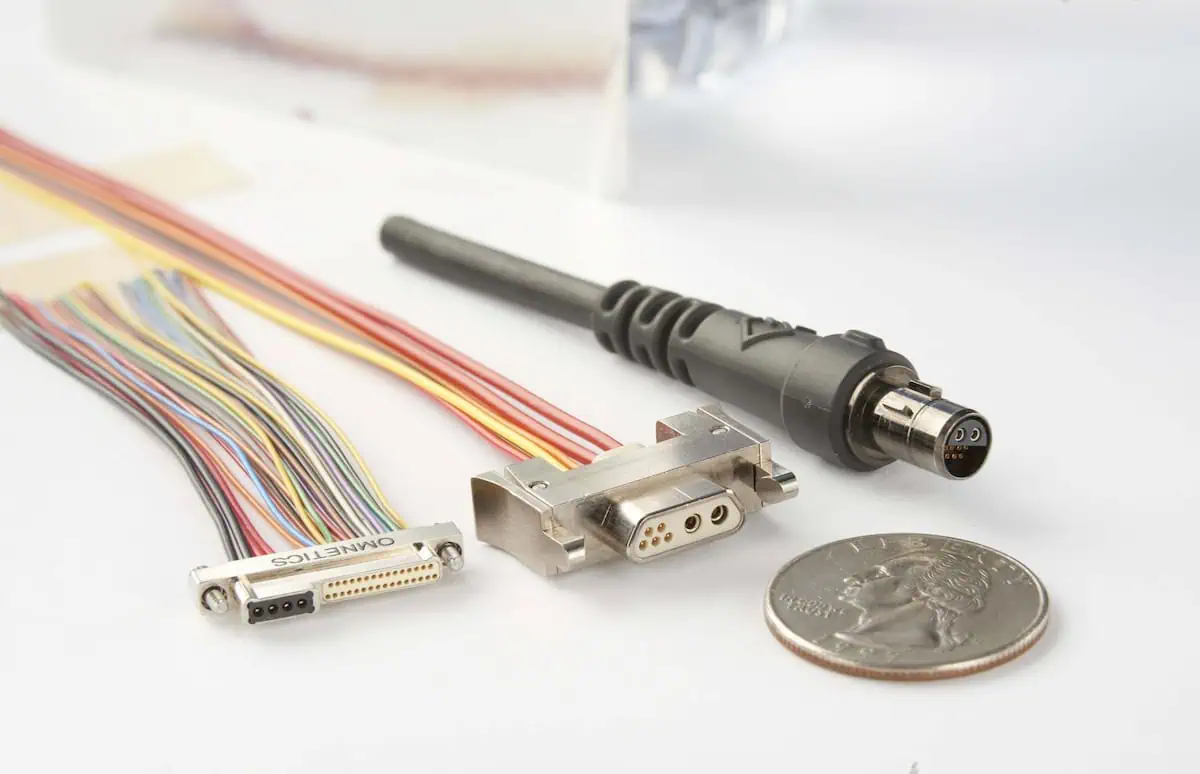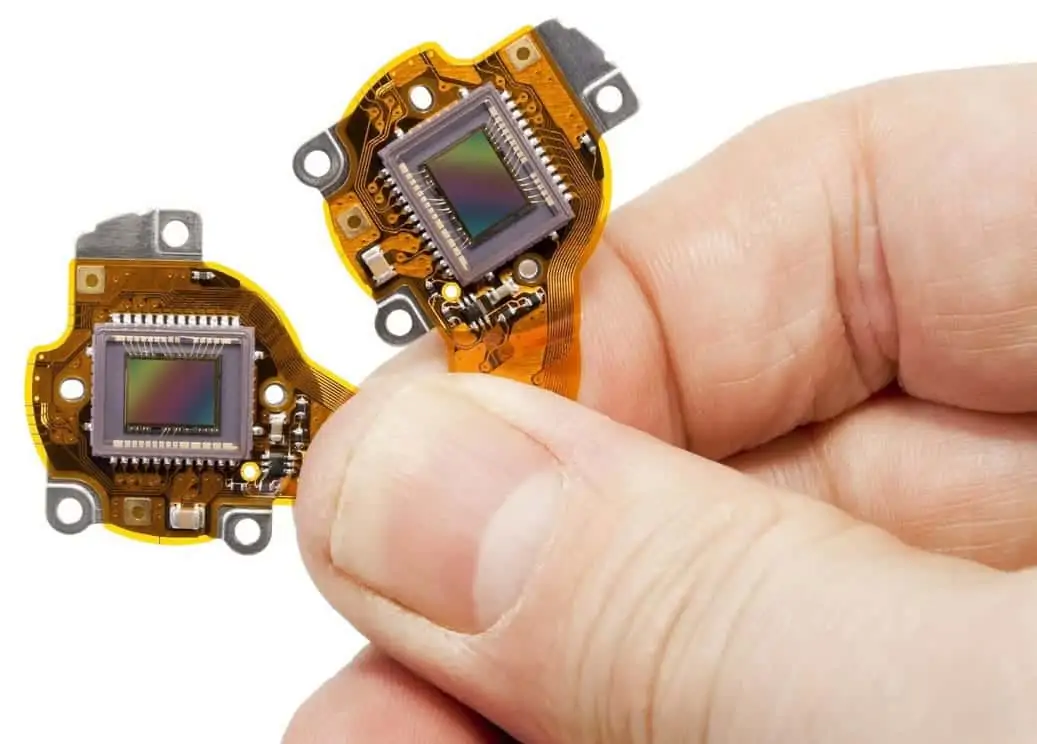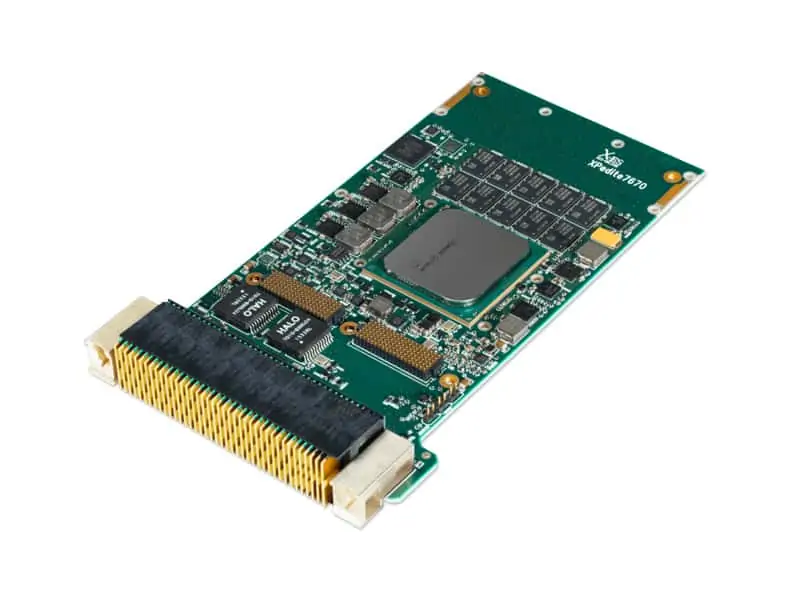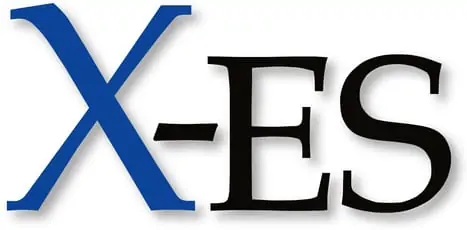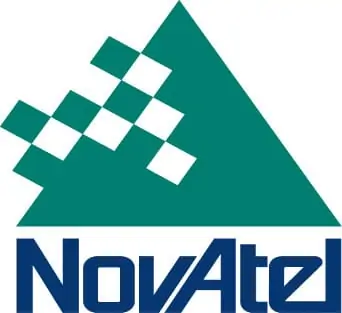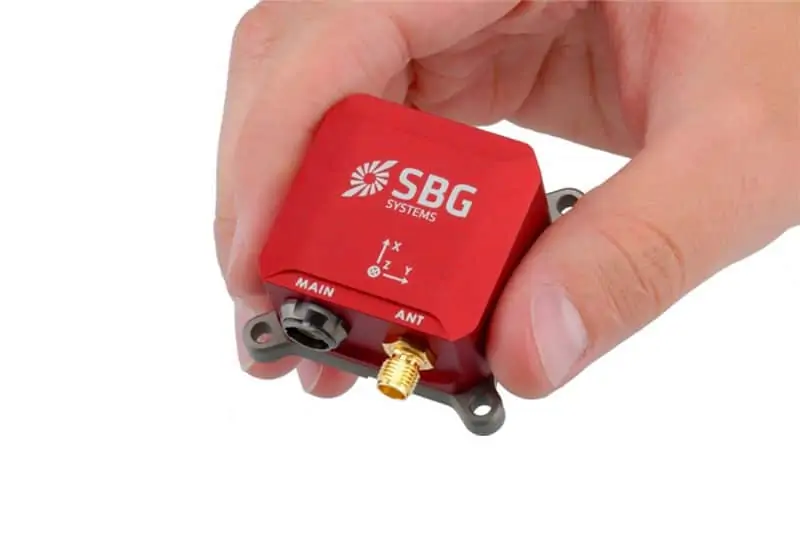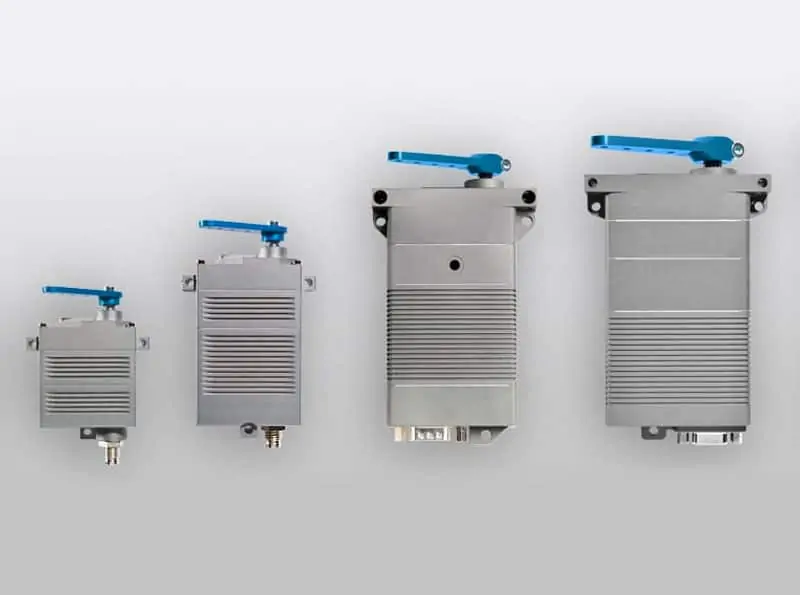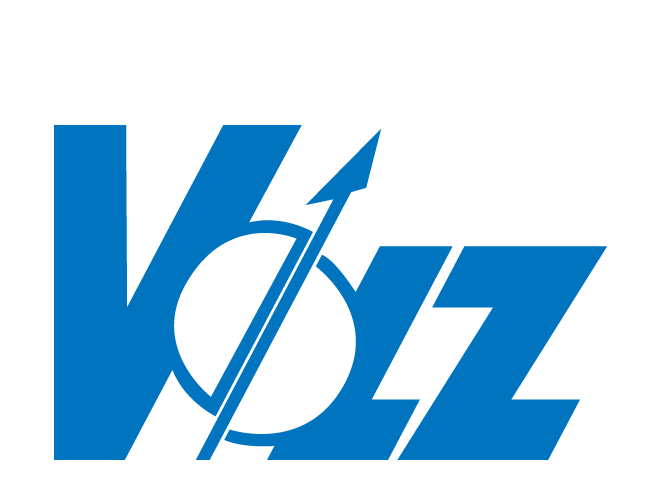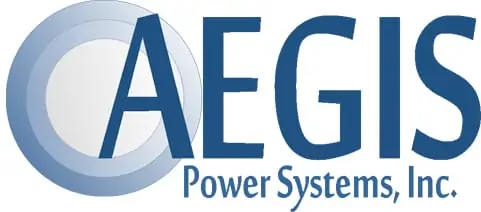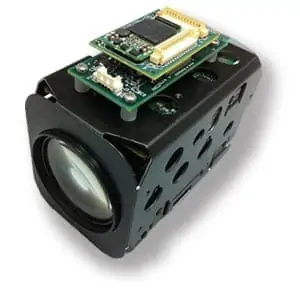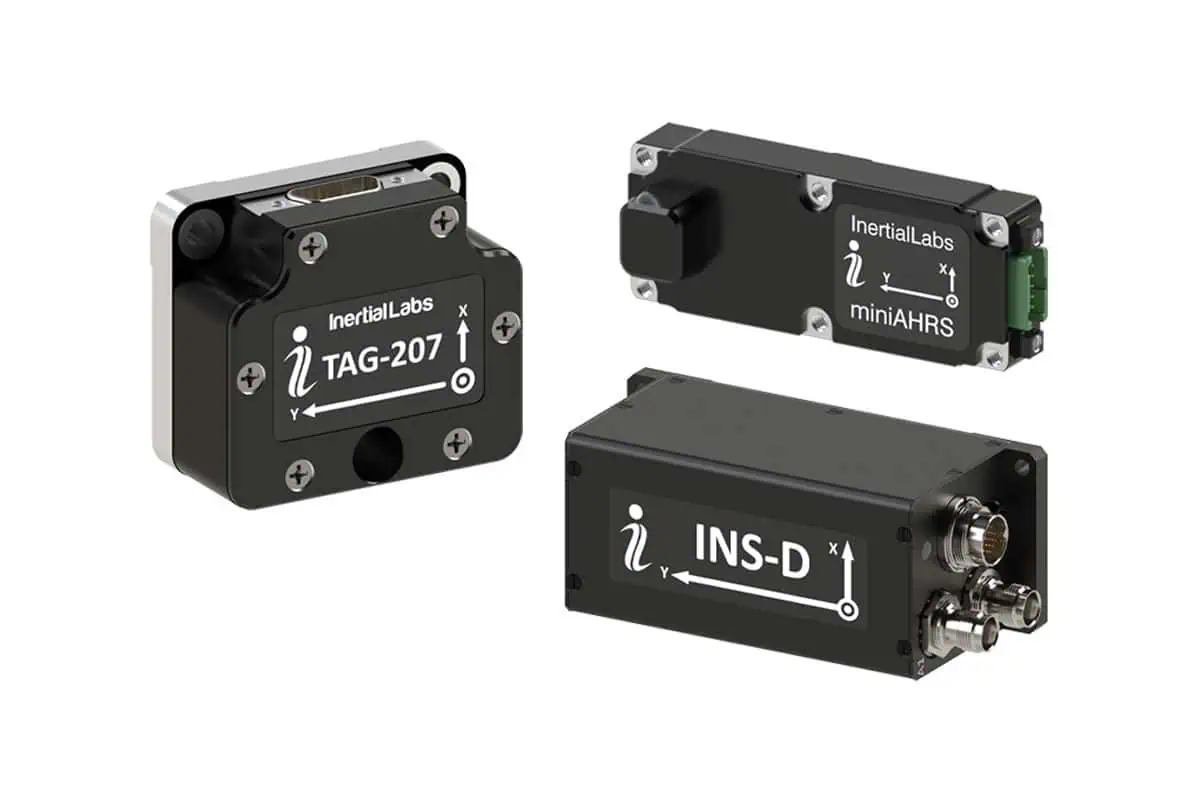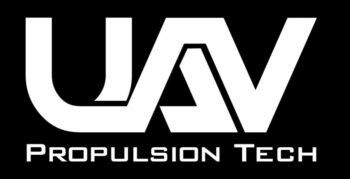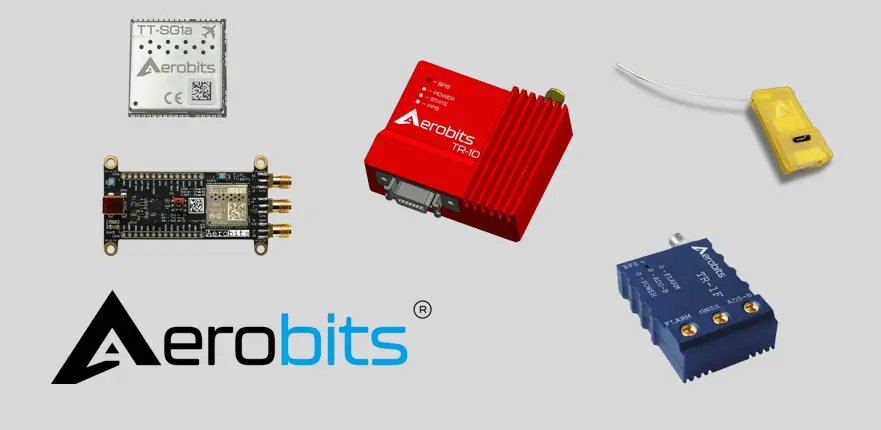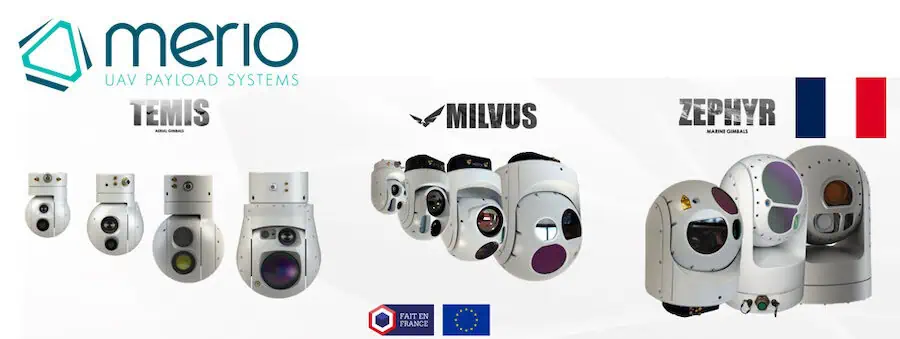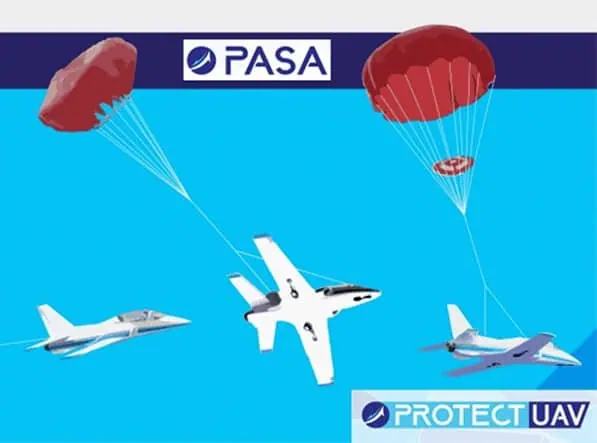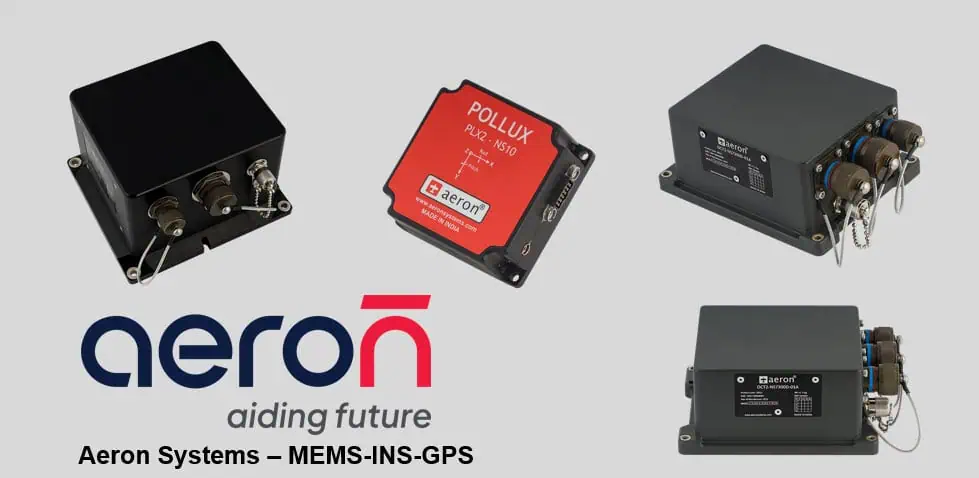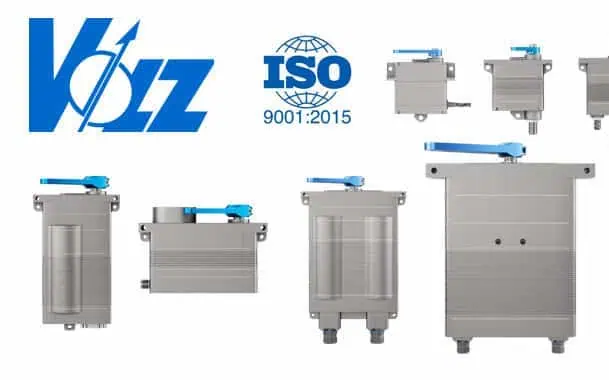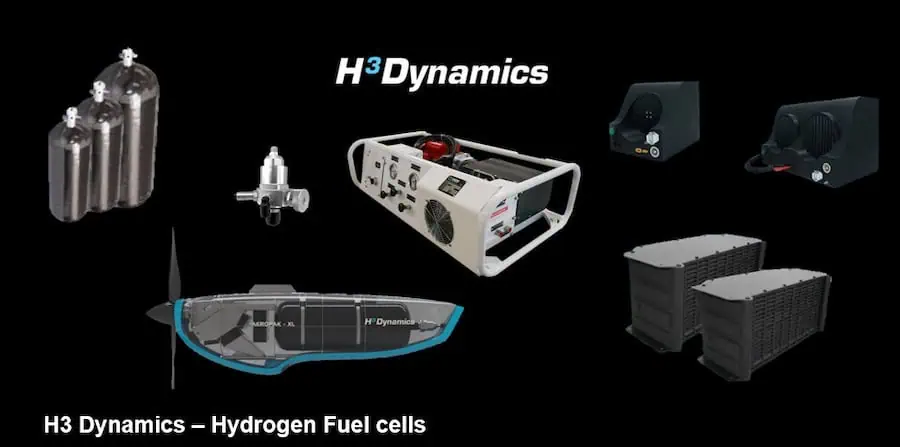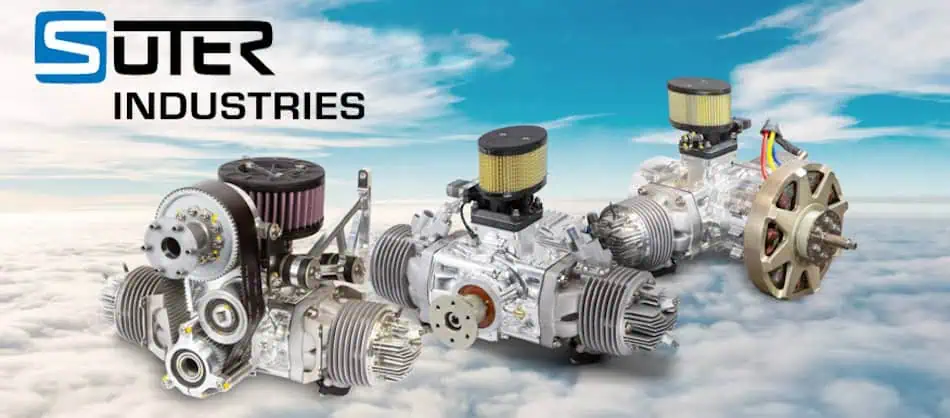Voyis has released an article explaining the differences between Light Work and Work Class ROVs, and how the company’s technology can be integrated with both types of vehicles to improve subsea operations.
Voyis’ integration of our cutting-edge imaging technology in ROVs has revolutionized the use of ROVs in various industries. With the ability to capture high-quality images and 3D models, process data quickly and efficiently, and make informed decisions, ROVs have become powerful tools that can enhance operations, save time and money, and ultimately benefit the environment and human life.
Light Work Class & Work Class
Light Work Class ROVs are smaller, lighter, and more maneuverable than Work Class ROVs. They are designed for simple inspection tasks and can operate in depths of up to 500 meters. They are typically used for shallow water applications, such as pipeline inspections and surveys, and are more affordable than Work Class ROVs. Light Work Class ROVs are also easier to deploy and operate, as they do not require a large support vessel.
Work class ROVs, however, are designed for heavy-duty tasks in deep-water environments. They can operate in depths of up to 3,000 meters and are equipped with advanced sensors, cameras, and manipulator arms that enable them to perform complex inspections and repairs of underwater infrastructure, such as oil and gas pipelines, and offshore structures. These ROVs are larger, more robust, and equipped with more powerful thrusters, making them capable of handling the harsh conditions of deep-water operations. They are typically used for deeper water applications and require a larger support vessel.
Both light and large work class ROVs have their own advantages and disadvantages. Light work class ROVs are more affordable and easier to deploy, making them suitable for smaller projects and budget-conscious operations. Large work class ROVs are capable of handling more challenging tasks and environments, making them ideal for complex deep-water inspections and repairs. The choice between the two depends on the specific needs and requirements of the task at hand.
Voyis Imaging systems enhance the capabilities of both types of remotely operated vehicles by integrating high-resolution, real-time corrected underwater optical sensors. These sensors allow ROVs to capture detailed imaging, point cloud data, and measurements, enabling the generation of accurate 3D models. With Voyis, ROVs can perform comprehensive assessments of underwater structures and environments, leading to a wider range of applications including offshore energy inspections, environmental monitoring, and scientific research.
Proven Integrations
Our team has worked with many underwater vehicles. Here are some of the Light Work Class and Work Class ROVs that have proven integration with our underwater laser scanner and imaging systems.
- Oceaneering Magnum Light Work Class ROV
The Oceaneering Magnum has integrated with Voyis most powerful underwater laser scanner for subsea structure inspection.
- Triton XL – Work Class ROV
The Triton XL has been successfully integrated with Voyis most powerful underwater laser scanner for subsea metrology in offshore energy structures.
- Holland I – Work Class ROV
The Holland I has integrated the Insight Pro laser scanner and Observer Pro Camera for scientific benthic habitat studies.
- Oceaneering Millennium Work Class ROV
The Oceaneering Millennium has completed successful subsea operations with the Voyis Perception Skid XL, for offshore energy inspections of oil and gas pipelines.
- Argus Worker – Work Class ROV
The Argus ROV has been integrated with Voyis Perception Skid XL, equipped with our underwater laser scanner to generate 3D models of subsea assets.
- Schilling HD – Work Class ROV
Integrated with Voyis Observer Stills Camera and Insight laser scanner the Schilling HD was equipped to perform horizontal offshore energy inspections.

